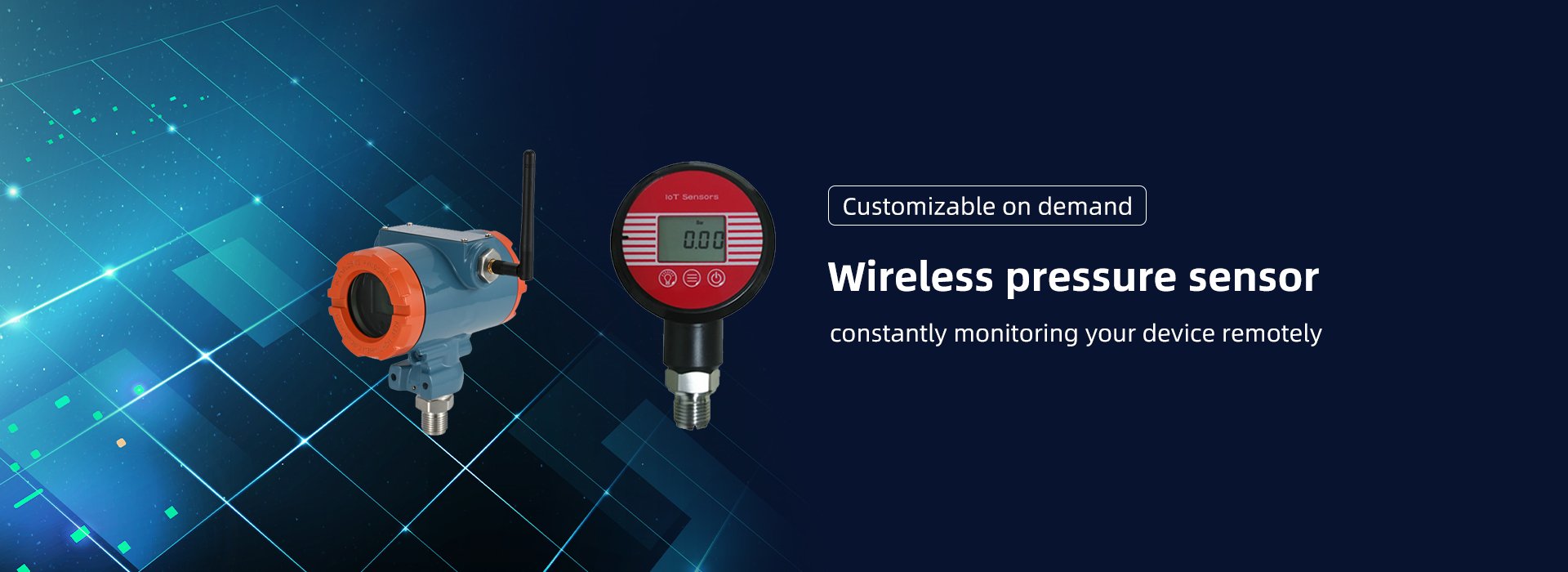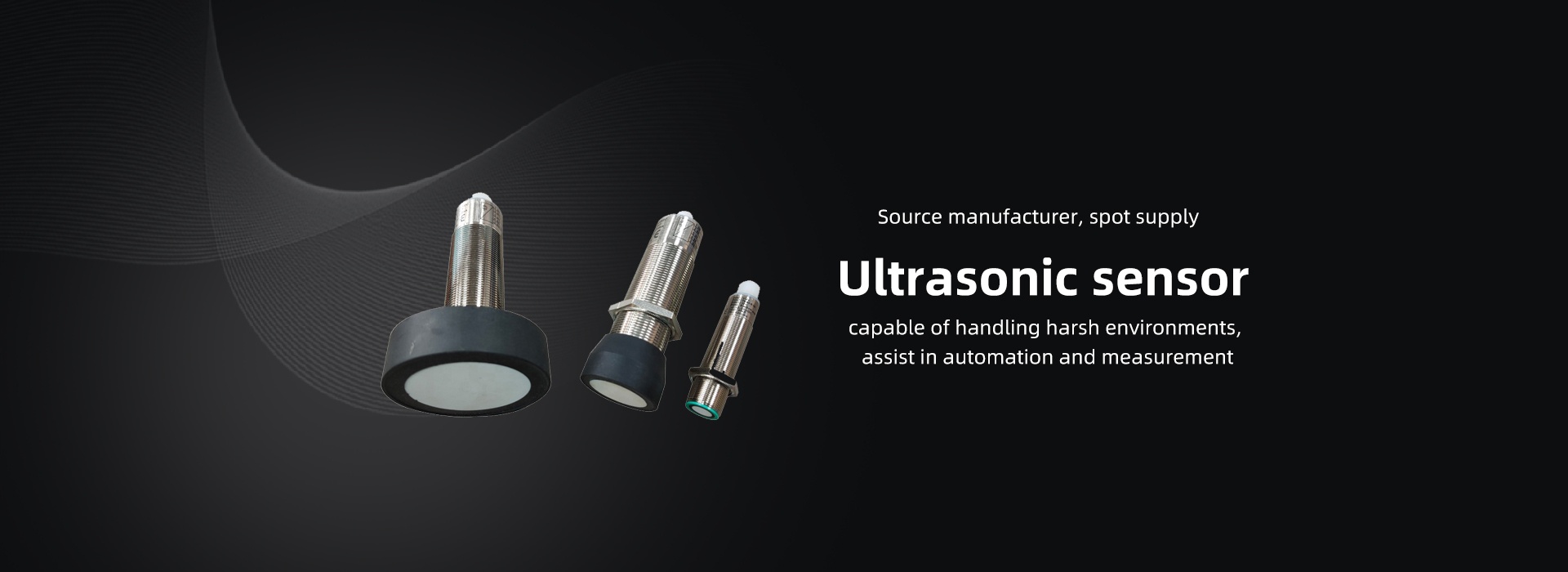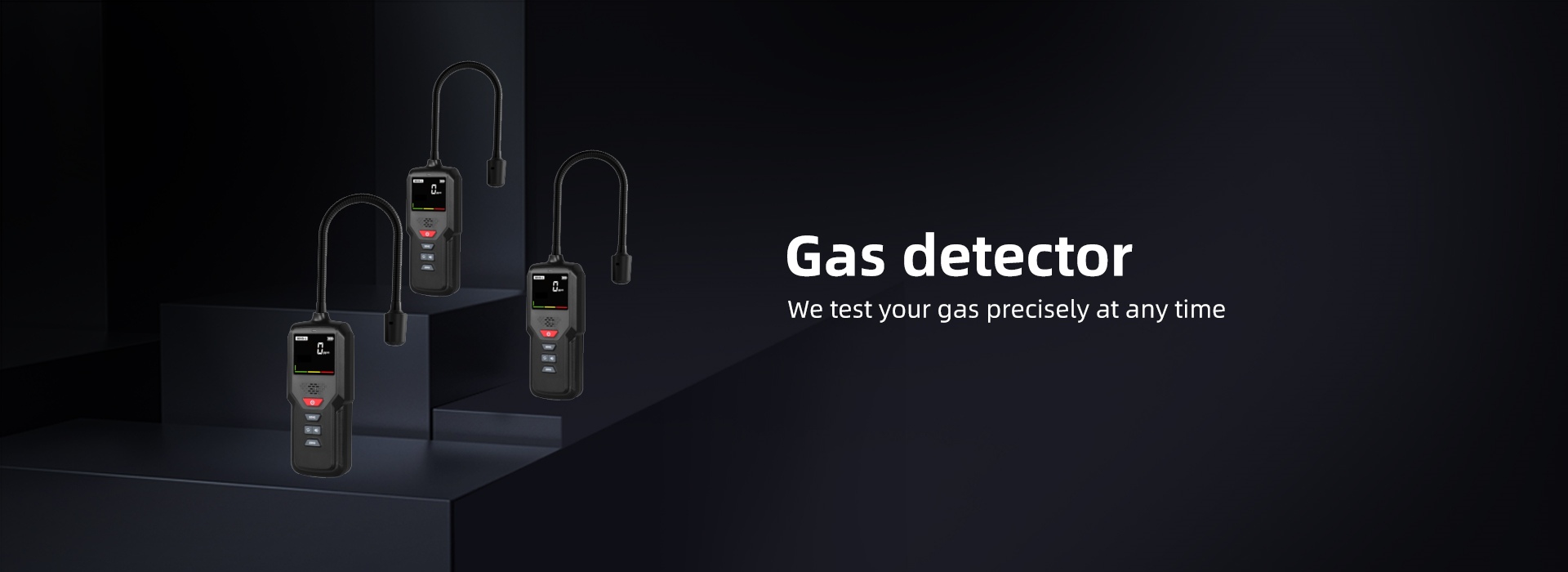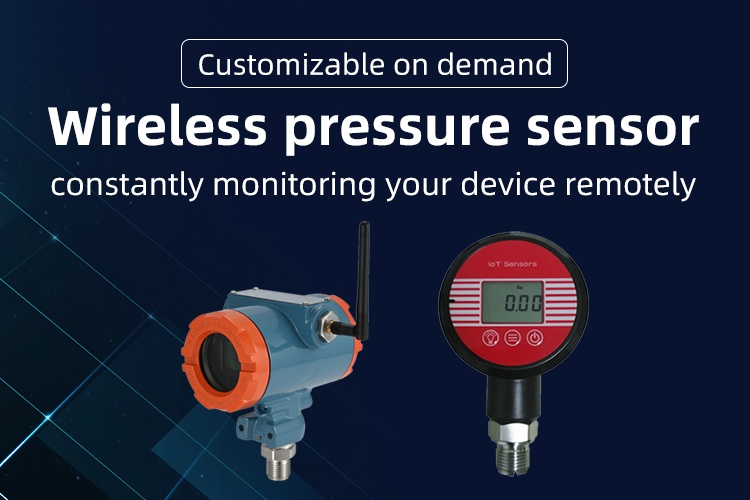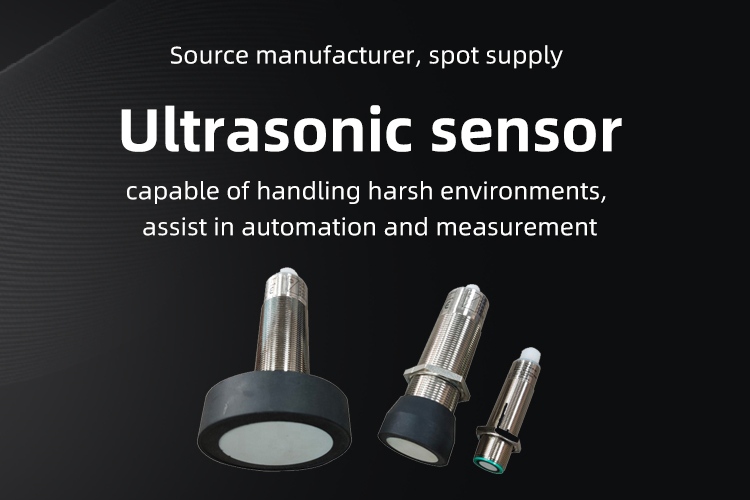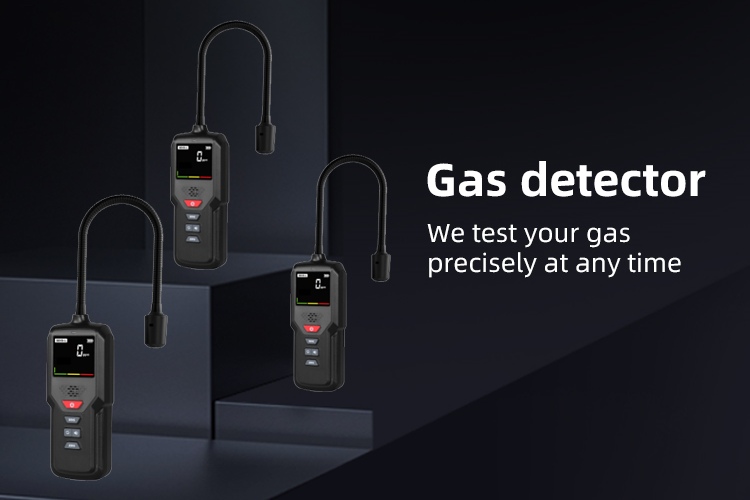
-
Home
- About Us
- Products
- Application scenarios
- Download
- News
Ultrasonic sensor detection range
2024-12-06The detection range of ultrasonic sensors is influenced by various factors, including wavelength, frequency, sensor type, and environmental conditions. The following is a detailed analysis of the detection range of ultrasonic sensors:
1、 Wavelength and frequency
- The longer the wavelength, the lower the frequency, and the longer the detection distance. For example, compact sensors with millimeter level wavelengths typically have a detection range of 300-500 millimeters, while sensors with wavelengths greater than 5 millimeters can have a detection range of up to 8 meters.
2、 Sensor type
Ultrasonic sensors can be divided into two types based on their measurement range: near-field and far-field.
- Near field sensor (non-contact sensor): The measurement range is relatively small, usually not exceeding 100 millimeters. Mainly used for precision measurement, detection and other applications.
- Far-field sensor (contact sensor): suitable for long-distance measurement, its measurement range can reach several meters to hundreds of meters. Usually used in fields such as automatic distance measurement and vehicle reversing radar.
3、 Environmental conditions
- Dust and humidity: An environment with high dust and humidity can weaken the energy of sound waves, thereby shortening the maximum detection range of ultrasonic sensors. However, a small amount of dust and dirt deposited on the surface of the transducer will not affect the detection.
- Temperature: The speed of sound is temperature dependent, with a variation of approximately 0.17% per degree Celsius. This change will affect the propagation time of sound waves, thereby affecting the accuracy of distance calculation. Higher accuracy can be achieved when the ambient temperature is stable.
4、 Characteristics of the target object
- The reflection characteristics of the target object: The surface area, shape, and density of the target object will affect its ability to reflect sound waves. Objects with large surface area and appropriate angle are easier to detect.
- The angle between the target object and the sensor: If the angle between the sensor and the surface of the target object is not 90 degrees;, The reflected sound waves may deviate from the transducer, causing the sensor to be unable to detect the echo.
5、 Detection mode
- Direct reflection type: The sensor emits sound waves, and the detected object reflects some of the sound waves back to the sensor's receiver, thereby allowing the sensor to detect the detected object.
- Shooting type: including a transmitter and a receiver, with continuous communication between the two; Listen to it;. The detected object located between the receiver and transmitter will block the receiver from receiving the emitted sound waves, causing the sensor to generate a switch signal.
In summary, the detection range of ultrasonic sensors is a relatively complex parameter that is influenced by multiple factors. In practical applications, it is necessary to select appropriate sensor types and parameter settings based on specific detection requirements and environmental conditions.
Links:
Service Hotline
+86 13923792185
Website:www.micmetering.com
Address:6th Floor, Block B, Area A, Qinghu Science and Technology Park, Longhua District, Shenzhen, Guangdong Province
Copyright © 2025 MIC Metering (Shenzhen) Limited 粤ICP备2025358196号-1 Cookies Policy-
Service Hotline
Service Hotline
+86 13923792185
-
WeChat
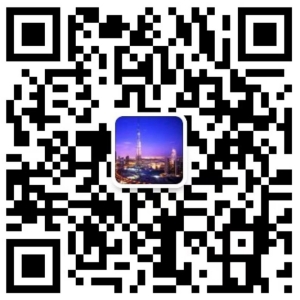
-
TOP
Our Cookie Usage Policy
Our website uses cookies and other similar technologies to distinguish you from other users of our website. This helps us provide you with a good experience when you browse our website and allows us to improve our website. For more information, please refer to our Cookie Policy. - About Us
